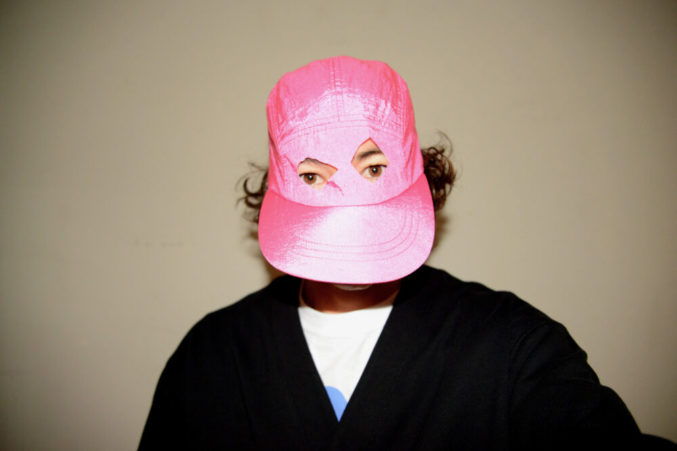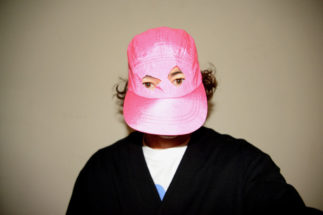
Tapis
Pauline Brun
Description
To talk about my work, a friend of mine used the verb “délirer”, which comes from the “lira”, a tool used to make furrows in the earth. To “dé-lirer” is to step out of the furrows on the side.
The creation is part of a research project at Villa Kujoyama (French institute, Japan) around Chindogu – a Japanese concept born in the 1980s to describe a family of tools that are useful but unusable because they are ineffective for x reasons. Made by tinkering, assembling and fiddling, they are attempts to find answers to everyday problems. To be Chindogu, the object has responded to some conditions including not being sold or mass produced. For me, this concept acts as a prism to examine the ways of doing things, the codes and conventions, and the performativity at work in everyday rituals and traditional Japanese practices. By using Chindogu, I try to resolve performative situations in an inefficient way. Sometimes I need to invent my own Chindogu to respond to a context. My cap, for example.
My research takes different forms: a series of performances, a show, an edition of drawings, a series of videos and a series of photos.
TAPIS is a choreographic and visual trio exploring the inefficiencies we encounter in our relationships with others, things and contexts. The show is on augmentation, a complete trio album of the performance series, an assembly of fragments alternating isolated figures and group attempts. All the pieces deal with and dissect the games of representation in the “Chindogu” method. In other words, questioning conventions by setting up a deviated process. The deviations open up other logics that shapes the group. Together and apart, they cling to the space in which they find themselves, to the things they come across, to others, drawing delirious worlds out of failure.

